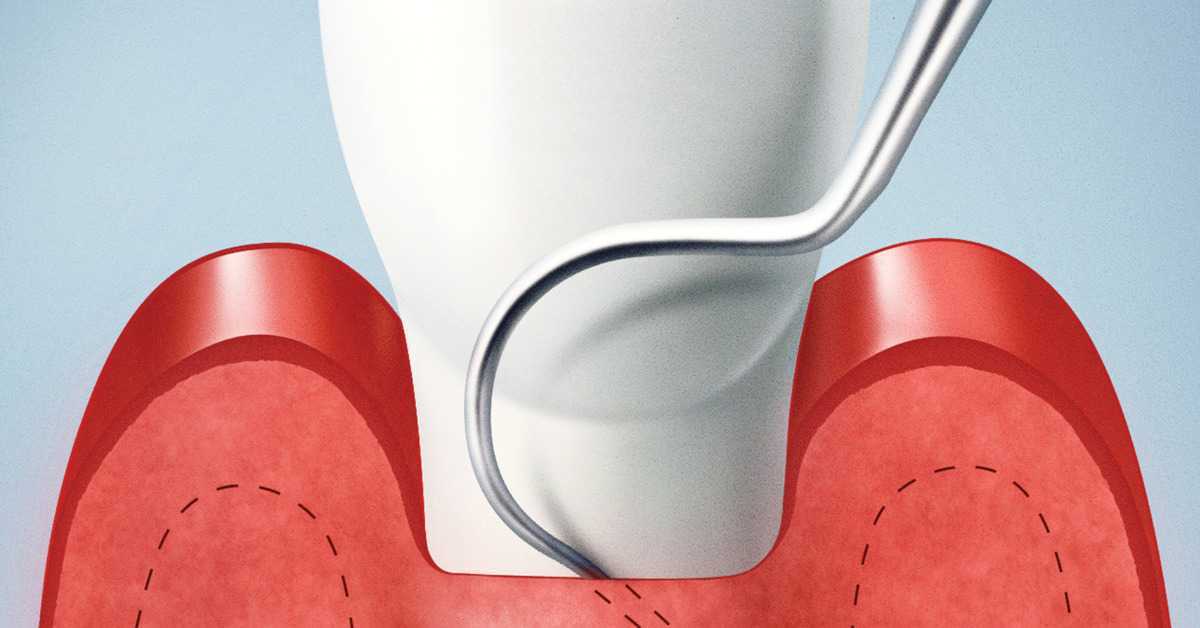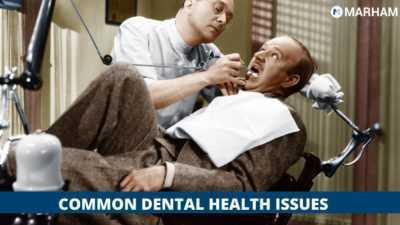We all want to have healthy gums and teeth for a great smile, fresh breath, and an increase in self-esteem. But did you know that approximately half of all adults have Common Dental Issues? It is the most typical dental problems, but it is also one of the most easily treated. Here’s a look at halitosis, as well as nine other common dental problems and their treatment options.
1. Decay of the Teeth
Tooth decay can also be referred to as dental caries or dental cavities. It is the most common dental issue that dentists encounter in their patients. Almost everyone has had tooth decay at some point in their lives.
Tooth decay happens when bacteria form a film on the surface of the teeth called plaque.
The bacteria synthesize acids from the sugars in food. These acids eat away at and permanently damage the tooth’s enamel, or outer layer. The acids then begin to attack the dentin layer beneath the enamel, which is softer.
This tooth breakdown can result in cavities or holes in your teeth. It can also cause toothaches, such as pain when you eat or drink something hot, cold, or sweet. Other signs of tooth decay include:
- Bad breath
- Spots on your teeth that are black or brown
- You have an unpleasant taste in your mouth.

2. Gum Disease
Gingivitis is a mild form of gum or periodontal disease in its early stages. It is a bacterial infection caused by plaque accumulation. Gums which are red, swollen, and bleed easily are common symptoms. You may also have bad breath and sensitive teeth that hurt when chewing. Brushing infrequently and using ineffective brushing techniques can both contribute to gum disease. Crooked teeth are really difficult to brush properly can also be a problem.
Tobacco use, pregnancy, and diabetes are also risk factors. It is important to see that gingivitis can be painless and thus go unnoticed. This suggests that regular dental checkups are a good idea. Gingivitis can be treated with a thorough cleaning from your dentist. You will need to brush and floss your teeth twice a day to keep it from returning.
3. Periodontitis
Gingivitis, if left untreated, can progress to periodontitis, a more severe form of gum disease. This happens when pockets of gum become infected. This can cause damage to the bone and tissue that hold the teeth in place if they become infected as well.
It may also result in
- Gums that are shrinking and receding
- Loose permanent teeth
- A change in bite
- An unpleasant taste in your mouth
- Persistent bad breath
4. Bad Breath
One of the most common dental problems is bad breath, also known as halitosis. It’s also one of the most upsetting. Bad breath can be caused by a variety of factors, including:
- Inadequate oral hygiene
- Dry mouth
- Medication
- Infection
- Acid reflux
- Cancer
One or more of your foods may also be the source of your halitosis. Spices like garlic and onion are common offenders. Because the causes of bad breath are so diverse, your dentist will conduct a thorough examination and recommend the best course of action for your specific situation. Consult your doctor or dentist if your bad breath does not improve.


5. Sensitive Teeth
When the enamel on your teeth wears away and exposes the dentin, you become sensitive to hot and cold foods and drinks. The dentin contains tubes that connect to the nerve located deeper within the tooth. Hot or cold substances can travel through the tubes to the nerve and cause excruciating pain. Tooth decay can result in tooth sensitivity, also known as dentin hypersensitivity. Other possible causes include:
- Gum disease
- Root infection
- A cracked or broken tooth
- Worn-down crowns or fillings
- Enamel erosion
- Receding gums
6. Cracked or Broken Teeth
The following are the most common reasons of cracked or broken teeth:
- Injuries
- Chewing hard foods
- Mouth piercings
- Teeth grinding while sleeping
Depending on the extent of the damage, a cracked or broken tooth can cause severe pain. Whatever the severity of the crack or chip, you should have it examined and treated by a dentist as soon as possible. A veneer, crown, or tooth-colored fillings are all options for correcting this dental issue.
7. Receding Gums
Receding gums can lead to a number of common dental issues. This condition can also lead to more serious problems, such as tooth loss. This is because the condition exposes the tooth’s delicate root, making it vulnerable to damage. A variety of factors can contribute to receding gums, including:
- Poor oral hygiene
- Toothbrushing too hard
- High blood pressure
- Women’s hormonal fluctuations
- Smoking

8. Root Infection
Bacteria can harm the base or root of your tooth to become infected and swollen. Cavities, cracks, or fractures in the tooth are the most common causes of this. Root infection can cause tooth tissue and nerve damage, as well as the formation of abscesses.
A throbbing toothache that is chronic (long-lasting and persistent) is a sure sign of root infection. Chewing will be painful. And your mouth affected because of the infection will be extremely sensitive to hot and cold food and drinks. In some cases, the area of the face around the infection swells.
Consult the Best Dentist of your Town through Marham
Consult your doctor or dentist if you are facing serious dental problems. You can book an appointment with the top dentists in Pakistan through Marham by calling at Marham helpline: 0311-1222398 or by online booking facility through the website or Marham mobile app.
Can’t Find The App?
| Android | IOS |
|---|---|
  |
  |
FAQ’s
1. What are the common problems related to teeth?
Cavities, tooth erosion, gum infections, and gum diseases are all examples of dental problems. They can cause pain and discomfort, interfere with eating, and have a negative impact on a person’s self-esteem.
2. What are 5 oral health diseases?
- Vacuums Cavities
- Gum disease (gingivitis) Gingivitis
- Periodontitis
- Cracked or broken teeth
- Sensitive teeth
- Oral cancer.
3. What are the two most common dental diseases?
Dental caries and periodontal disease are the two most common dental diseases of public health importance worldwide, though there are several others with clinical and public health significance.

